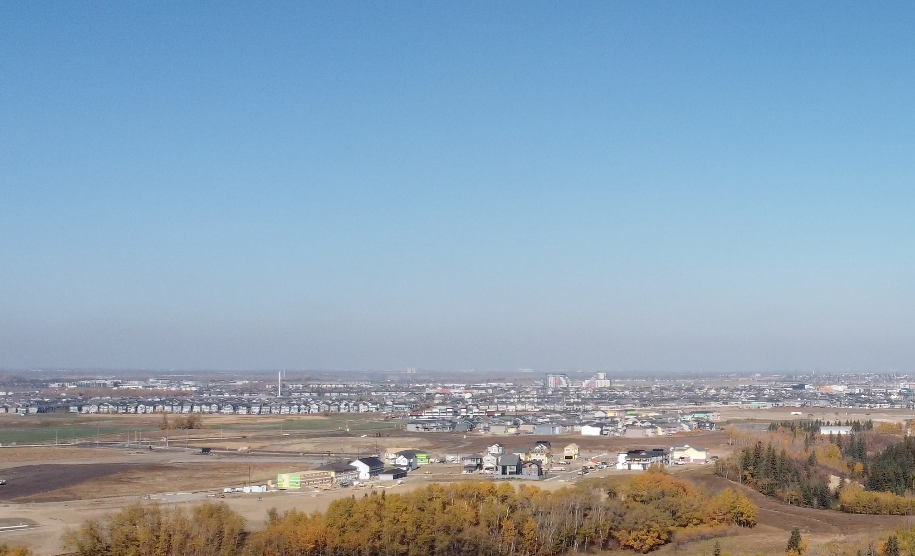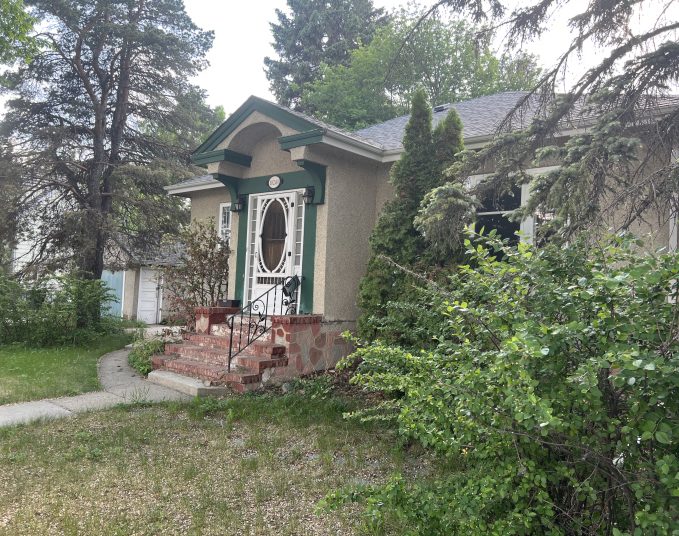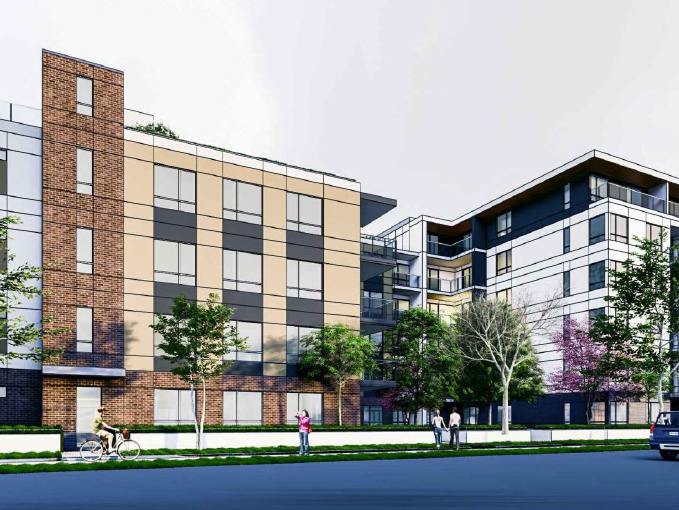For years, even decades, under previous mayors Bill Smith, Stephen Mandel and Don Iveson, Edmonton has earned a reputation of being a “pro-development” city.
Supporters of the plan-it-and-greenlight-it philosophy will say that it’s led to a robust housing supply, which has kept living in Edmonton affordable relative to pretty much any other big city in Canada. Critics will say that it has led to sprawl; the city has to maintain more roads, provide extra services and struggles to provide transit to the subdivisions which push against Edmonton’s borders.
But, is Edmonton’s time as a “pro-development” city coming to an end?
This week, the Urban Planning Committee met to discuss the city’s Growth Management Plan. That seems about as exciting as eating dry white toast while listening to Coldplay. But, the development community was at City Hall to decry certain provisions which they claimed could artificially control the market and restrict housing supply — which would cause a rise in housing prices..
It all comes down to the City Plan. It lays out some pretty basic concepts for how Edmonton should be built out. But, like a lot of government plans, the language is pretty general. So, it says that the City has control over the approval of all new neighbourhoods (as it should). But, in order to approve a neighbourhood, City planners need to see “substantial completion.” It’s a term that’s so open-ended, it means nothing.
So, administration was charged to actually give meaning to “substantial completion.” And it came up with a scoreboard of sorts, based on housing-start statistics. What it boils down to is this: If one area of the city is expanding ahead of pace, while the others lag behind, those other areas will be allowed to catch up. Think of it like a golf handicap, but on the housing market.
The thing is, for quite some time, the southern reaches have been expanding more quickly than any other area. Chris Nicholas, president of the MLC Group and a board member of the Urban Development Institute, Edmonton Metro, said that the south represents one third of all new communities built in Edmonton, and developers expect to run out of land in about seven years, because demand in that area is so high.
City stats show that, of the 6,804 “developing area units” approved in 2020, almost 4,000 were in the south of the city.
Developers warned that if the City uses this scoreboard method for the west, east and north to catch up, there won’t be any new development in the south until 2039. Instead of going north, west or east, homebuyers looking to live in the south will go to Leduc or Beaumont, instead — and pay their taxes there.
“Through market policy, you can’t force people’s independent decisions,” said Kalen Anderson, UDI’s executive director. She said that people choose to live in the south based on a variety of factors, from being close to family members or work, or having easier access to the airport. Also, for people who have to make regular road trips to Calgary or Red Deer, living in the south can chop a significant chunk of time out of the drive.
“You can’t force the market to do anything,” she said. “There are individual actors spending their household income on the most important investment they’ll ever make in their life.”
“It’s not constraining growth for all of Edmonton, it’s constraining growth for a certain part of Edmonton. To continue down that path, to go in the direction that industry was asking us, would be like knowing something isn’t working but continuing to do it anyway. I can’t support that.” — Coun. Erin Rutherford
But the committee voted 5-0 to keep going with the current strategy; they’ll look at it again in 2024. It has also asked developers to work with administration to lobby other levels of government to help fund the amenities in the communities they build. As well, Mayor Amarjeet Sohi wants administration to ponder the climate-change impact of new communities.
From the City side, the argument was simple: Too many developments in too many different areas of town force the City, which is already short $470 million this year alone on its maintenance budget, to provide new services and amenities.
“There needs to be some radical changes in the way we grow to become more sustainable — fiscally, socially and environmentally,” said Coun. Erin Rutherford. She said it was unfair to be asking all Edmontonians to subsidize unchecked growth through their tax dollars.
“It’s not constraining growth for all of Edmonton, it’s constraining growth for a certain part of Edmonton. To continue down that path, to go in the direction that industry was asking us, would be like knowing something isn’t working but continuing to do it anyway. I can’t support that.”
And Coun. Anne Stevenson said that cooling development in one area of town doesn’t mean the city will overheat the market as a whole.
“I don’t think we’re running out of lots to develop in the next 10 years. We’re running out of lots to develop in a very specific area of the city in the next 10 years.”
And Coun. Keren Tang said many developments that are underway or half-built are still waiting for the things that make them full communities.
“I’m constantly bombarded with comments about the greater need for libraries, rec centres and schools — which speaks to the fact that many of these communities still have quite a ways to go before they are fully complete.”
Sohi said that, while developers claim house prices will go up if the plan goes ahead, the City has to recognize that mortgage payments are not the only costs the homeowner incurs. If the City doesn’t provide adequate service to new communities, then the homeowners will face higher costs in other areas.
“We should not look at affordability in isolation. We should look at affordability in a holistic way. If we are unable to provide access to quality public services, then people are forced to make choices that are much more expensive for them.”
The one thing that sets home prices apart from other costs is that you don’t have to go to a bank and qualify to pay for higher gas prices or grocery prices or rec-centre fees. If house prices rise, it can be the tipping point between the bank saying yes or no to the house. And, of course, that can put potential buyers on the “drive till you qualify” track, like we’ve seen in overheated housing markets, where far-flung exurbs are the only options for many prospective homeowners.
Savvy AF. Blunt AF. Edmonton AF.




